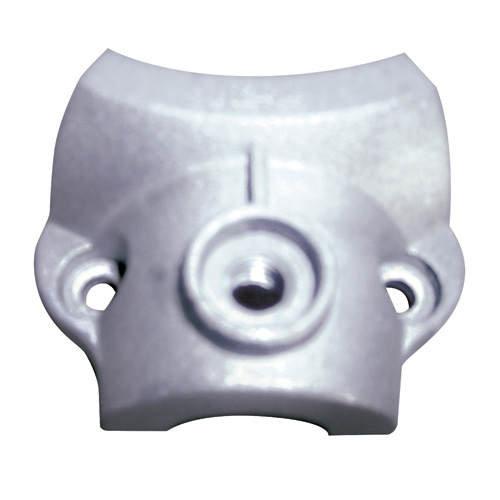
Gravity Casting
-
Min Order
1
-
Product Unit
Pieces
-
Origin
China Mainland
-
Payment


- Contact Now Start Order
- Favorites Share
- Description
Product Detail
Gravity Casting refers to the process of liquid metal injected into the mold at the Earth's gravity, also known as gravity casting. Generalized gravity casting including sand casting, metal casting, investment casting, lost foam casting, mold casting mud; narrow meaning of gravity casting mainly refers to the metal type casting.
Gravity Casting Gravity Casting 1. The process for products made of a metallic material of a desired number, such as casting, forging, extrusion, rolling, drawing, stamping, machining, powder metallurgy and the like. Among them, the casting is the most basic, the most common and most widely used process.
2. The molten metal was poured into the refractory material with a hollow mold, condensed to give the desired shape of products, which is casting. The resulting product is the cast.
3. Foundry casting material can be divided into black metal casting (including cast iron, cast steel) and non-ferrous casting (including aluminum, copper, zinc alloy, magnesium alloy, etc.). Non-ferrous castings factory specializes in non-ferrous metal casting, the focus is aluminum and zinc alloy casting.
4. There may be mold casting material into sand casting and metal casting. Precision Casting Plant these two casting process are handy, and to design, manufacture both types of casting molds.
5. But also by casting molten metal casting process is divided into gravity casting and pressure casting. Gravity Casting refers to the process of liquid metal injected into the mold at the Earth's gravity, also known as casting. Generalized gravity casting including sand casting, metal casting, investment casting, lost foam casting, mold casting mud; narrow meaning specifically refers to gravity casting metal type casting. Pressure casting molten metal is injected into the mold means in other external forces (excluding gravity) action processes. Generalized pressure casting includes a pressure die casting machine casting and vacuum casting, low pressure casting, centrifugal casting; narrow meaning of pressure casting specifically refers to pressure die casting machine casting metal type, referred to as die-casting. Precision castings plant has long been engaged sand and metal mold gravity casting. These types of non-ferrous foundry casting process is currently the most commonly used, is relatively the lowest price.
6. Sand casting is a sand as the main molding material, production mold of the traditional casting process. Sand generally use gravity casting, may also have low pressure casting, centrifugal casting process when there are special requirements. Sand casting wide adaptability, small pieces, large, simple parts, complex parts, a single, large quantities can be used. Sand casting molds, before Wood Productions, known as wood mold. Xudong precision castings plant to change wooden mold easily deformed, easy to damage and other ills, except for single-piece production of sand casting, all changed the size of high precision, and long life aluminum mold or resin mold. Although the price has increased, but still cast metal type than the much cheaper molds used in the production of small batches and large, the price advantage is particularly prominent. In addition, sand refractoriness higher than the metal type, and thus a higher melting point materials such as copper alloys and ferrous metals, also adopt this technology. However, sand casting, there are some shortcomings: Because each sandy mold casting only once, after obtaining the casting mold that is damaged, it must re-shape, so the lower sand casting production efficiency; and because of the overall nature of the soft sand The porous, so the lower sand casting casting dimensional accuracy, surface too rough. However, the accumulation of technology precision castings plant set for many years, has greatly improved the surface condition of sand casting, shot after effects which can be comparable with metal castings.
7. Metal casting is heat-resistant alloy steel casting mold hollow mold modern technology. Metal type either gravity casting, pressure die casting can also be used. Metallic mold mold can be used repeatedly, each time pouring molten metal casting is obtained once, long life, high production efficiency. Metal mold casting is not only good dimensional accuracy, surface finish, and in the same pouring molten metal case, its sand casting intensity higher than that, but not easily damaged. Therefore, in the mass production of non-ferrous metals, and when small castings, as long as the melting point of the casting material is not too high, are generally preferred metal casting. However, metal casting, there are some shortcomings: Because heat-resistant alloy and processing on it to make a hollow cavity are relatively expensive, so the metal type of tooling costs a lot of money, but the overall cost of the casting mold and cheaper than them too much. For small batch production, the share of each product on the tooling costs significantly too high, generally difficult to accept. And because the metal type mold mold material size and equipment, limiting the ability of cavity machining casting equipment that, so particularly large cast also appears powerless. Thus in the production of small batches and large, rarely used metal casting. In addition, although the use of a metal mold heat-resistant alloy, but the heat capacity is still limited, generally used for aluminum [1], zinc alloy, magnesium alloy casting, copper alloy casting has been rarely used, and for the ferrous metal casting even less.
8. Die-cast metal type pressure on the die-casting machine, is the most productive of the casting process. Die-casting machine is divided into hot and cold chamber die casting machine die casting machine room categories. Hot chamber die casting machine high degree of automation, less material consumption, production efficiency is higher than cold chamber die casting machine, but subject to mechanical heat capacity, is still only used in zinc alloy, magnesium alloy castings and other low-melting material production . Aluminum die casting in widespread use today, due to the higher melting point, can only be produced on a cold chamber die casting machines. The main feature is the die casting of molten metal in a high pressure, high speed filling the cavity, and forming under high pressure, clotting, deficiencies casting is: because the metal was in high pressure, high speed filling the cavity in the process, inevitably The cavity in the air entrapped within the casting, the formation of skin pores, so should not be heat-treated aluminum die casting, zinc alloy die casting surface spray should not be (but can be painted). Otherwise, the internal porosity in the casting process when making the above heating, the case of thermal expansion, which results in casting deformed or bubbling. In addition, die casting machine cutting allowance should also be made smaller, usually around 0.5mm, can reduce the casting weight, reduce the amount of machining to reduce costs, but also to avoid penetrating the surface of the dense layer, exposing the skin pores, resulting in workpiece scrapped.
- Flange Connection 1 Pieces / (Min. Order)
- Self Fusing Insulating Clay 1 Pieces / (Min. Order)
- Pulling And Inserting 1 Pieces / (Min. Order)
- FF582 rapier loom tucking 1 Pieces / (Min. Order)
- Carving Cornice Mouldings 1 Pieces / (Min. Order)
- Tri Racing Belt for Running 1 Pieces / (Min. Order)
- Trolley Valise Hot Selling 1 Pieces / (Min. Order)
- Loading Dock Lift Between Two Building 1 Pieces / (Min. Order)
- Tyramine CAS 51-67-2 1 Pieces / (Min. Order)
- Tyramine HCl CAS 60-19-9 1 Pieces / (Min. Order)
- Heating Core For Culture Insulation Lamp 1 Pieces / (Min. Order)
- Top Treadmills For Running 1 Pieces / (Min. Order)
 Menu
Menu

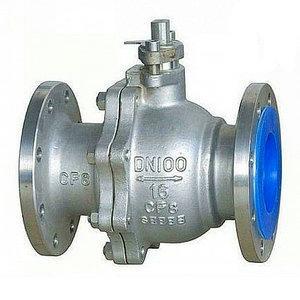
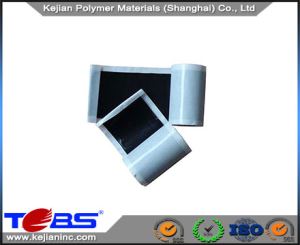
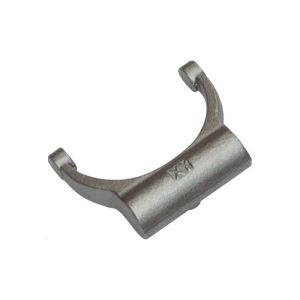


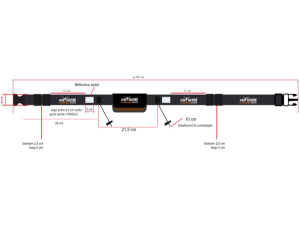
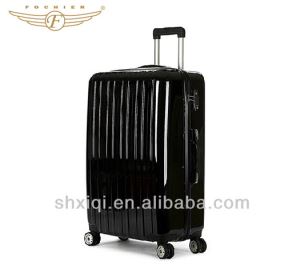
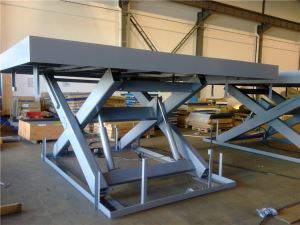
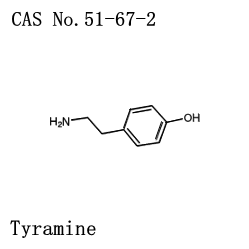
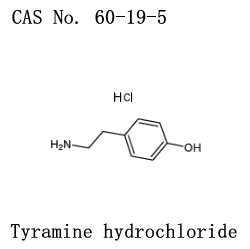
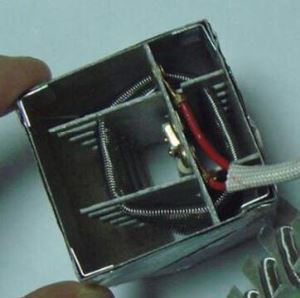
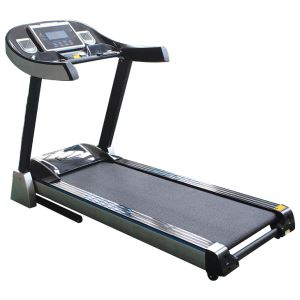
 Favorites
Favorites
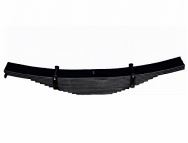
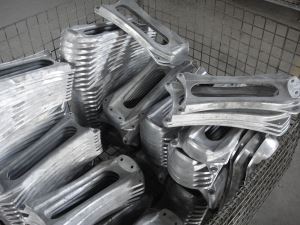
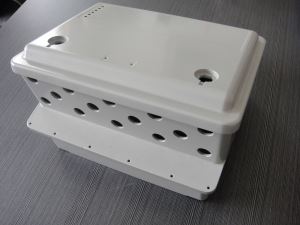
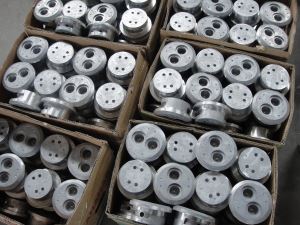
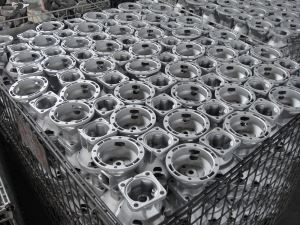

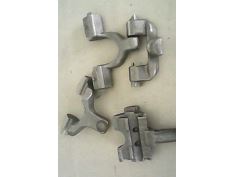
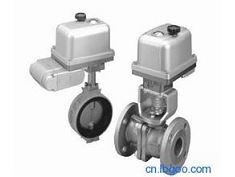
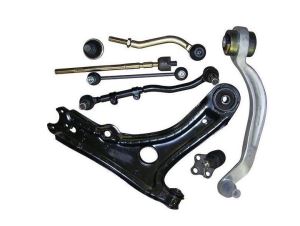
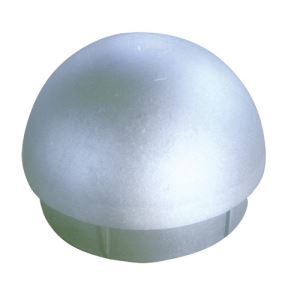
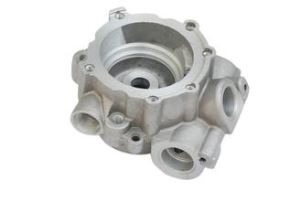
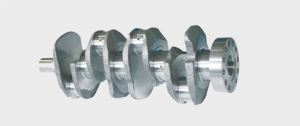

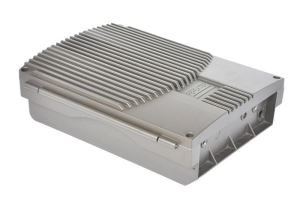
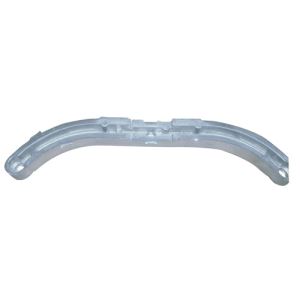
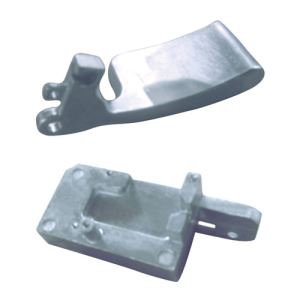
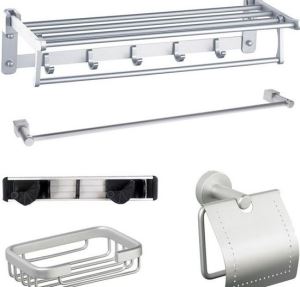
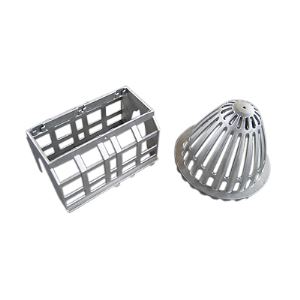
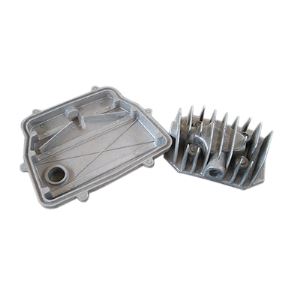

 Frequent updates ensuring high quality data
Frequent updates ensuring high quality data
 Over 5000 customers trust us to help grow their business!
Over 5000 customers trust us to help grow their business!


 Menu
Menu